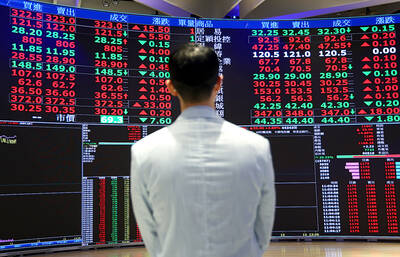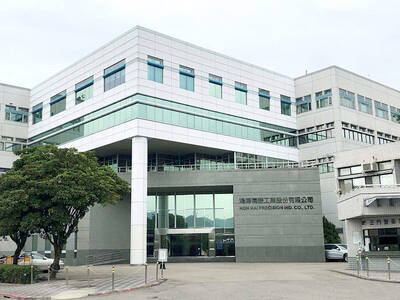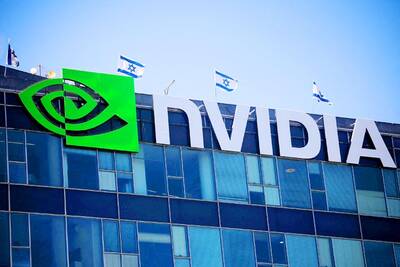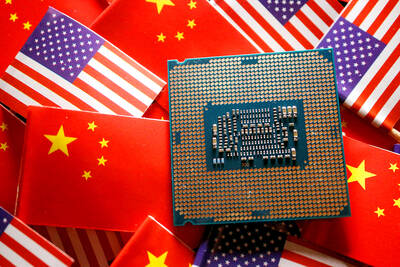Corporate Japan is making strides in sustainable development, slashing the use of lead and other toxic substances in industry, embracing solar energy and making biodegradable plastic out of sugar beets.
Automobiles and electronics, two of the sectors in which Japan floods the world with its goods, have in recent years been at the forefront of environmentally friendly production.
Japanese industry is responding both to the pressures from the Kyoto Protocol and to new anti-pollution directives in the EU, a key market.
The Kyoto treaty, which went into effect in February, obliges Japan to slash its greenhouse gas emissions by 6 percent by 2008-2012 from the 1990 level.
The government is determined to comply and has publicly mulled imposing taxes to whip the world's second-largest economy into shape. But industry opposes the taxes -- and some companies have already gone ahead on their own to help Japan go green.
Electronics giant Fujitsu set out as its goal to cut back consumption of electricity, oil and gas by 25 percent in the year to March last year from 1990-'91 levels. It surpassed its own target with a reduction of 28.6 percent.
Another electronic powerhouse, Toshiba, has declared global warming "an environmental issue of fundamental importance to our existence on the planet" and set out targets in terms of carbon dioxide emissions.
Toshiba, which also makes nuclear reactors, has asked its factories and laboratories to cut back emissions by 25 percent between 1990-'91 and 2010-'11. As of 2003-'4, Toshiba has managed a drop of 10 percent.
"I know that Japan is ahead in both its thinking and achievements in this field," Thierry Desmarest, the CEO of the French oil group Total, told a French-Japanese forum on sustainable development on March 28 in Tokyo.
"Among industrialized countries, Japan is the leader both in saving energy and in energy efficiency," he said.
The Japanese government finances projects for a greener economy under the New Energy and Industrial Technology Development Organization (NEDO), part of the powerful Ministry of Economy, Trade and Industry, with a budget of US$2.274 billion in the year which ended last month, of it US$1.495 billion for research and development.
Japan has made sustainable development the principal theme of the 21st century's first World Exposition, the six-month international exhibition which began in late March in a forest park of central Aichi province.
NEDO is using the Expo to show off some of its eco-friendly technology, including a power generation system based on fuel cells and solar energy which runs the host country's pavilion.
The Expo is taking place in the fiefdom of Japan's largest company Toyota Motor, which was the world's first automaker to use bioplastics for interior parts of its vehicles.
It has set up a factory which will each year produce 1,000 tonnes of plastic whose base is partly sugar beets, which makes the material biodegradable and reduces greenhouse gas emissions. The idea behind the factory is not only the automobile supply line but any sector which is interested.
Toyota and its competitor Honda were among the first to make fuel-cell cars which run on hydrogen and methanol and whose sole waste is water vapor, even though the production of hydrogen still causes greenhouse gas emissions.
In addition, Japan has more than 292,000 vehicles which run on natural gas, according to a Japanese vehicle inspection association.
Japan is also by far the leader in solar energy, last year accounting for more than 51 percent of world photovoltaic cell production in terms of electrical power measured in megawatts, according to the US-based specialized publication PV News.
Japan's Sharp was number one for the fifth year in the solar energy production at 27 percent of the world's photovoltaic production, with fellow Japanese firm Kyocera coming in second, according to the journal.

Shares in Taiwan closed at a new high yesterday, the first trading day of the new year, as contract chipmaker Taiwan Semiconductor Manufacturing Co (TSMC, 台積電) continued to break records amid an artificial intelligence (AI) boom, dealers said. The TAIEX closed up 386.21 points, or 1.33 percent, at 29,349.81, with turnover totaling NT$648.844 billion (US$20.65 billion). “Judging from a stronger Taiwan dollar against the US dollar, I think foreign institutional investors returned from the holidays and brought funds into the local market,” Concord Securities Co (康和證券) analyst Kerry Huang (黃志祺) said. “Foreign investors just rebuilt their positions with TSMC as their top target,

REVENUE PERFORMANCE: Cloud and network products, and electronic components saw strong increases, while smart consumer electronics and computing products fell Hon Hai Precision Industry Co (鴻海精密) yesterday posted 26.51 percent quarterly growth in revenue for last quarter to NT$2.6 trillion (US$82.44 billion), the strongest on record for the period and above expectations, but the company forecast a slight revenue dip this quarter due to seasonal factors. On an annual basis, revenue last quarter grew 22.07 percent, the company said. Analysts on average estimated about NT$2.4 trillion increase. Hon Hai, which assembles servers for Nvidia Corp and iPhones for Apple Inc, is expanding its capacity in the US, adding artificial intelligence (AI) server production in Wisconsin and Texas, where it operates established campuses. This

H200 CHIPS: A source said that Nvidia has asked the Taiwanese company to begin production of additional chips and work is expected to start in the second quarter Nvidia Corp is scrambling to meet demand for its H200 artificial intelligence (AI) chips from Chinese technology companies and has approached contract manufacturer Taiwan Semiconductor Manufacturing Co (TSMC, 台積電) to ramp up production, sources said. Chinese technology companies have placed orders for more than 2 million H200 chips for this year, while Nvidia holds just 700,000 units in stock, two of the people said. The exact additional volume Nvidia intends to order from TSMC remains unclear, they said. A third source said that Nvidia has asked TSMC to begin production of the additional chips and work is expected to start in the second

US President Donald Trump on Friday blocked US photonics firm HieFo Corp’s US$3 million acquisition of assets in New Jersey-based aerospace and defense specialist Emcore Corp, citing national security and China-related concerns. In an order released by the White House, Trump said HieFo was “controlled by a citizen of the People’s Republic of China” and that its 2024 acquisition of Emcore’s businesses led the US president to believe that it might “take action that threatens to impair the national security of the United States.” The order did not name the person or detail Trump’s concerns. “The Transaction is hereby prohibited,”